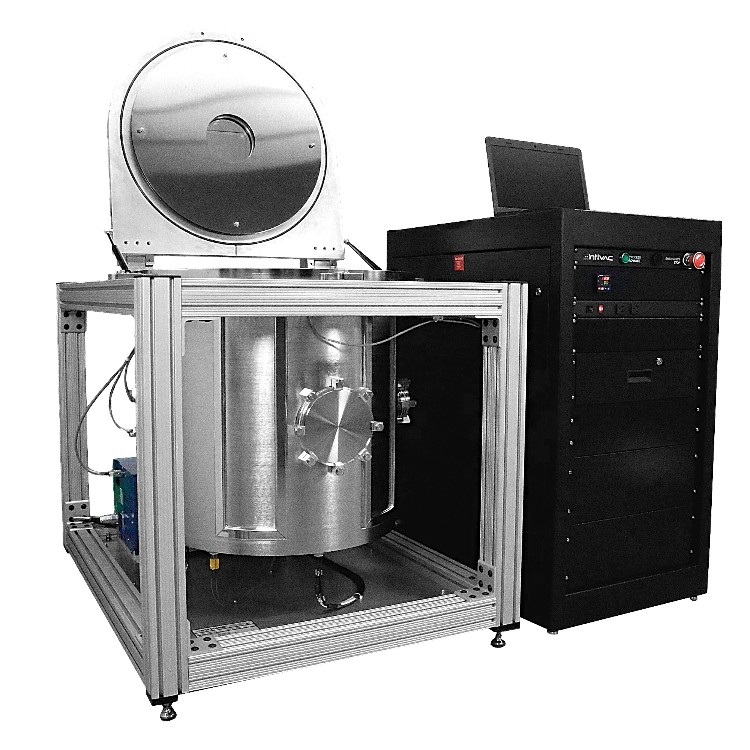- Unleash the Power of Degassing
- Unrivalled Precision and Control
- Efficiency Redefined
- Reliability at Its Core
- Innovation in Design
Email: info@sistemtechnology.com Call: +44 (0)1327 362 844
Degassing Systems
Degassing systems for components are specialised equipment designed to remove trapped gases, such as air or other volatile substances, from various components and materials. These systems are essential for achieving optimal performance, quality, and longevity of components in industries such as electronics, aerospace, automotive, and manufacturing.
Trapped gases within components can cause a range of issues, including voids, bubbles, and structural defects, which can lead to reduced mechanical strength, electrical conductivity, or thermal stability. Degassing systems help mitigate these issues by eliminating gases before or during the manufacturing process.
Several techniques are employed in degassing systems for components, including vacuum degassing, thermal degassing, and centrifugal degassing. Vacuum degassing involves placing the components in a vacuum chamber, reducing the pressure to facilitate gas release. Thermal degassing uses heat to increase the gas solubility and vaporize trapped substances. Centrifugal degassing applies a high-speed spinning force to separate gases from denser materials.
These systems are widely used in processes such as resin casting, potting and encapsulation, adhesive bonding, and soldering. Proper degassing ensures the reliability, durability, and overall quality of components, ultimately contributing to the performance and lifespan of the final product.


